The story of Hachiko, the loyal dog, takes place in Tokyo in the last century. This ordinary dog was documented for his unwavering loyalty in waiting for his deceased owner at Shibuya Station, becoming an object of public remembrance in Japan. A statue of Hachiko was erected at Shibuya Station. This article will begin with Hachiko’s story and take you into the true history behind the original Hachiko statue.
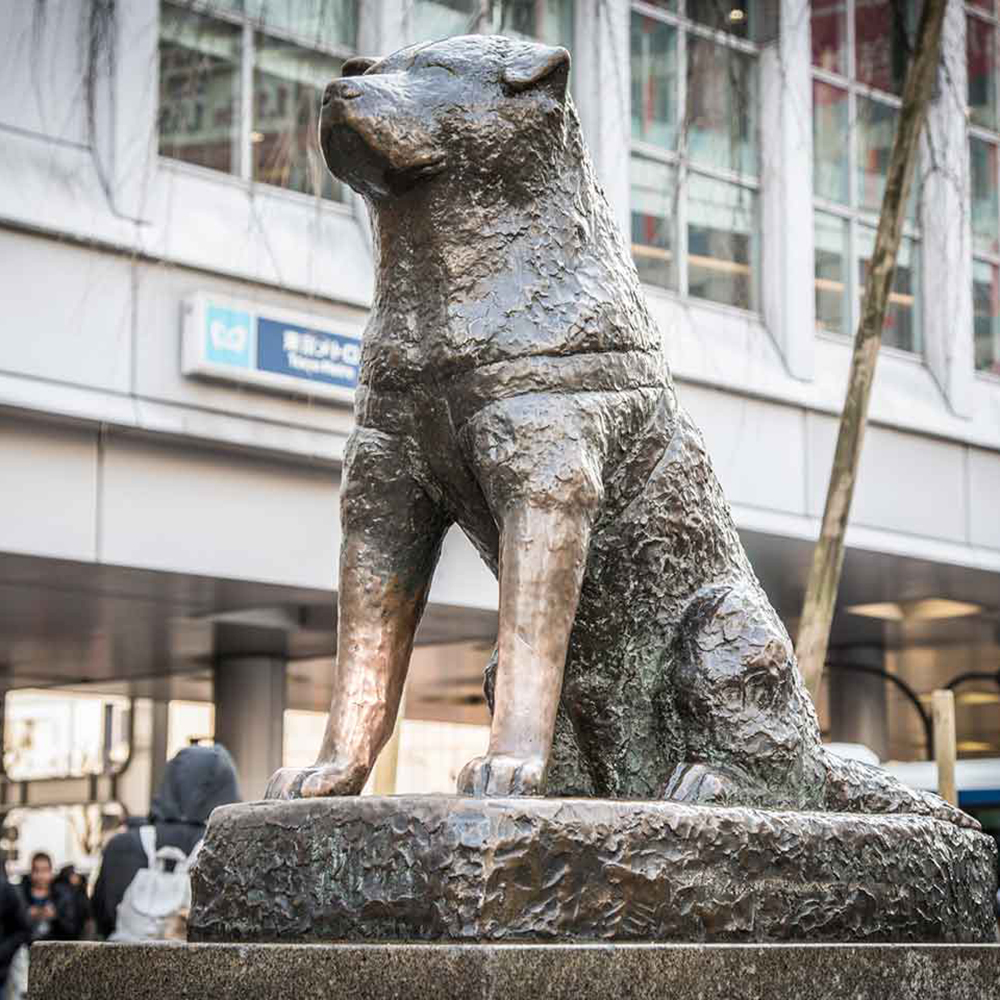
Who is the most loyal dog in history?
Hachiko is widely recognized as the most loyal dog in history.
Hachiko was a Japanese dog born in 1923. Every day, he would accompany his owner, Hidesaburo Ueno, to Shibuya Station and wait for him at the same spot in the evening. After his owner’s sudden death in 1925, Hachiko continued to wait as usual, unaware that his owner would never return. For nearly ten years afterward, he faithfully guarded the same spot at the station, rain or shine, until he died near the station in 1935.
This perseverance deeply moved all of Japan and made Hachiko a symbol of loyalty, hailed as “the world’s most loyal dog.”

Did Hachiko die at the train station?
Yes, Hachiko did indeed die near the train station.
On March 8, 1935, Hachiko was found lying on a street corner near Shibuya Station, right next to the spot where he had long waited for his owner.

Why did Hachi get a statue?
Because Hachiko’s act of waiting at Shibuya Station for nearly ten years after his owner’s death deeply moved Japanese society.
Many citizens, station staff, and Professor Ueno’s students initiated a fundraising campaign to commemorate this rare loyalty and companionship with a statue. Thus, in 1934, the first Hachiko statue was erected in front of Shibuya Station, symbolizing loyalty, bond, and unwavering devotion, and representing the most direct respect and commemoration of Hachiko’s story.

What kind of dog is the Hachiko statue?
The Hachiko statue depicts a Japanese Akita Inu.
The Akita Inu originated in Akita Prefecture in northern Honshu, Japan, and was originally used for hunting large animals such as bears and deer. As times changed, it gradually transformed from a hunting dog into a guard dog and family companion. With its sturdy build, broad head, erect ears, and curled tail, it is one of Japan’s most representative native dog breeds.
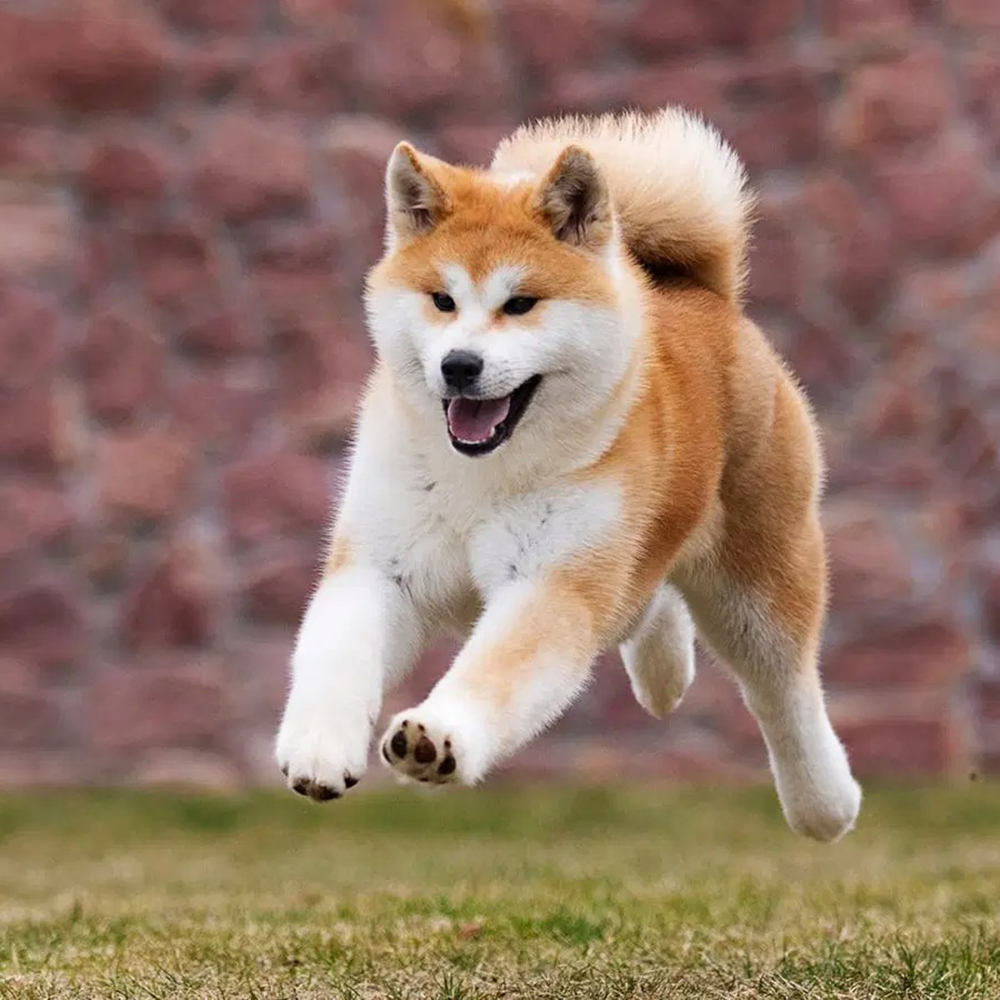
What does the Hachiko statue look like?
The Hachiko statue in front of Shibuya Station realistically depicts a seated Akita Inu. The statue itself is approximately 162 cm tall. Hachiko sits serenely on a square base, his posture calm and composed. His head is slightly raised, his gaze firm yet gentle. The most representative detail is that one ear is erect, while the left ear droops slightly—a true characteristic of Hachiko in his later years. The curled tail hangs naturally to one side.

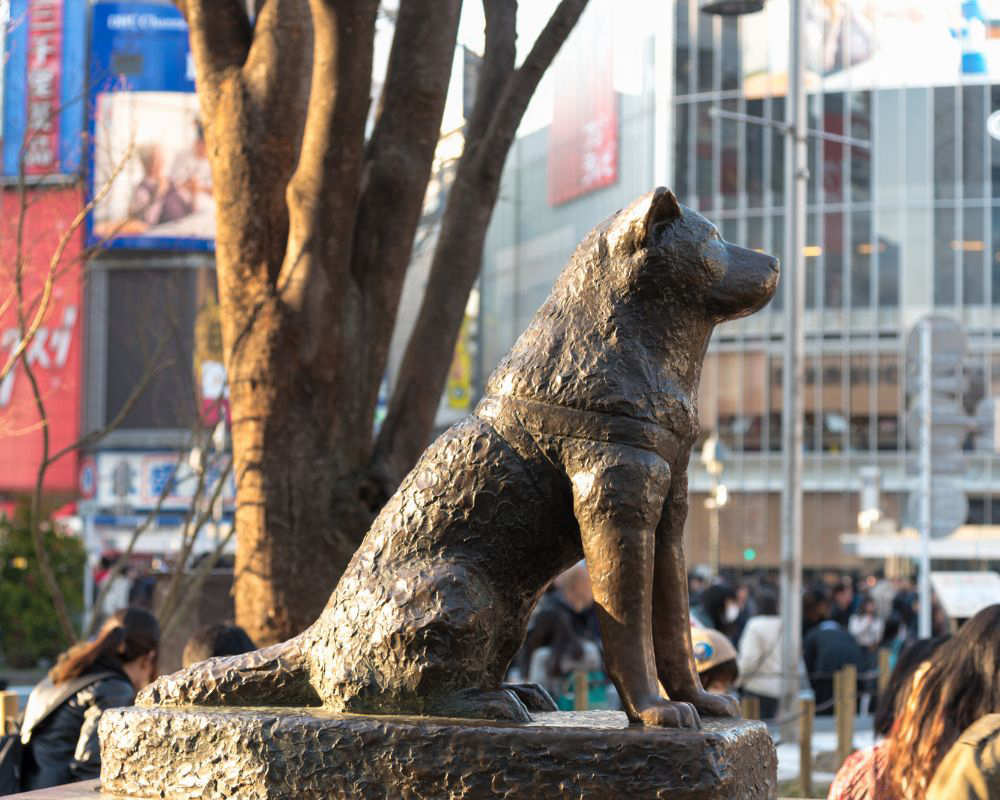

The surface texture of the cast bronze is clearly visible, adding depth to Hachiko’s coat and physique. The entire statue is simple and dignified, conveying Hachiko’s long-standing loyalty through its silent seated posture, making it particularly moving in the bustling streets of Shibuya.
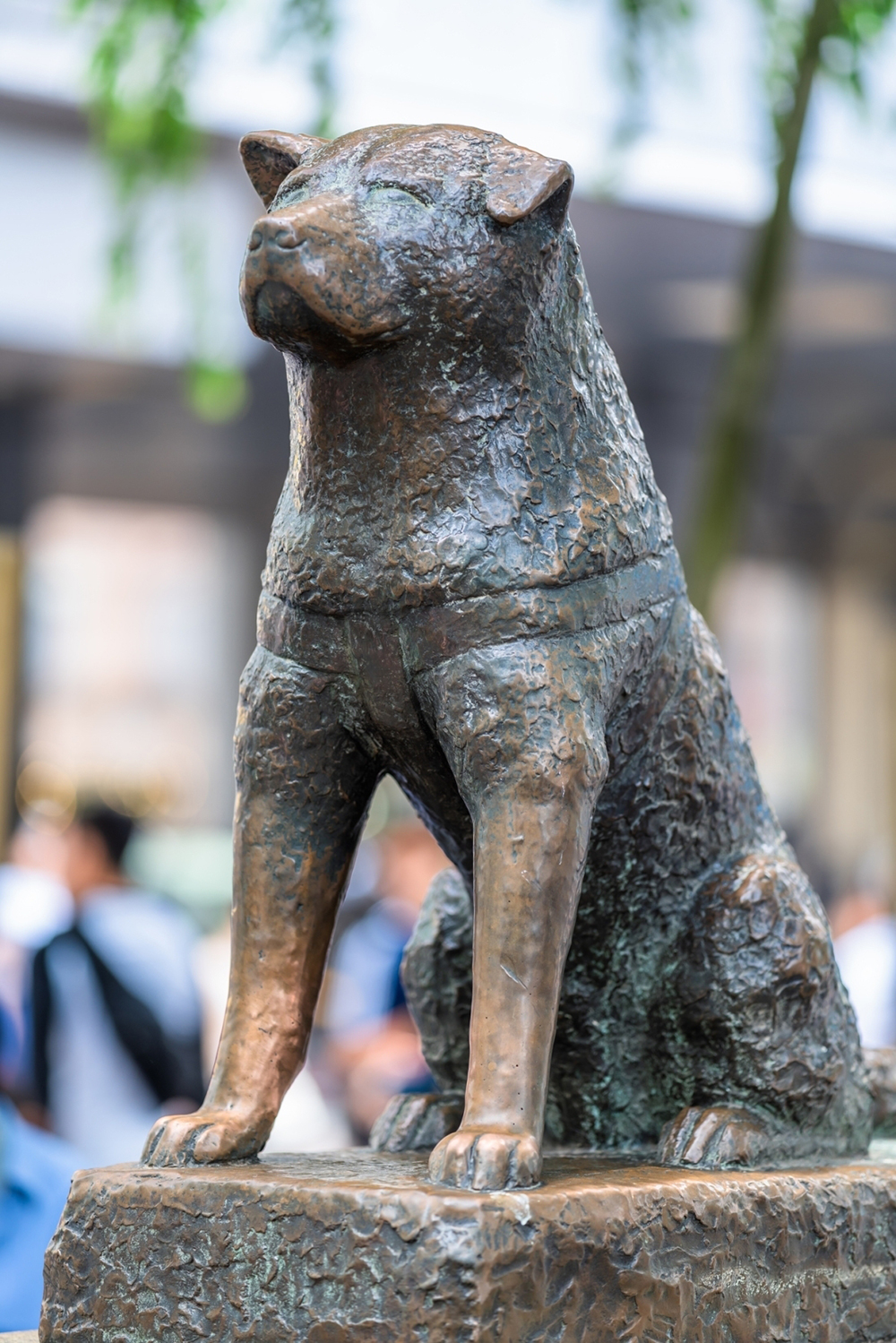
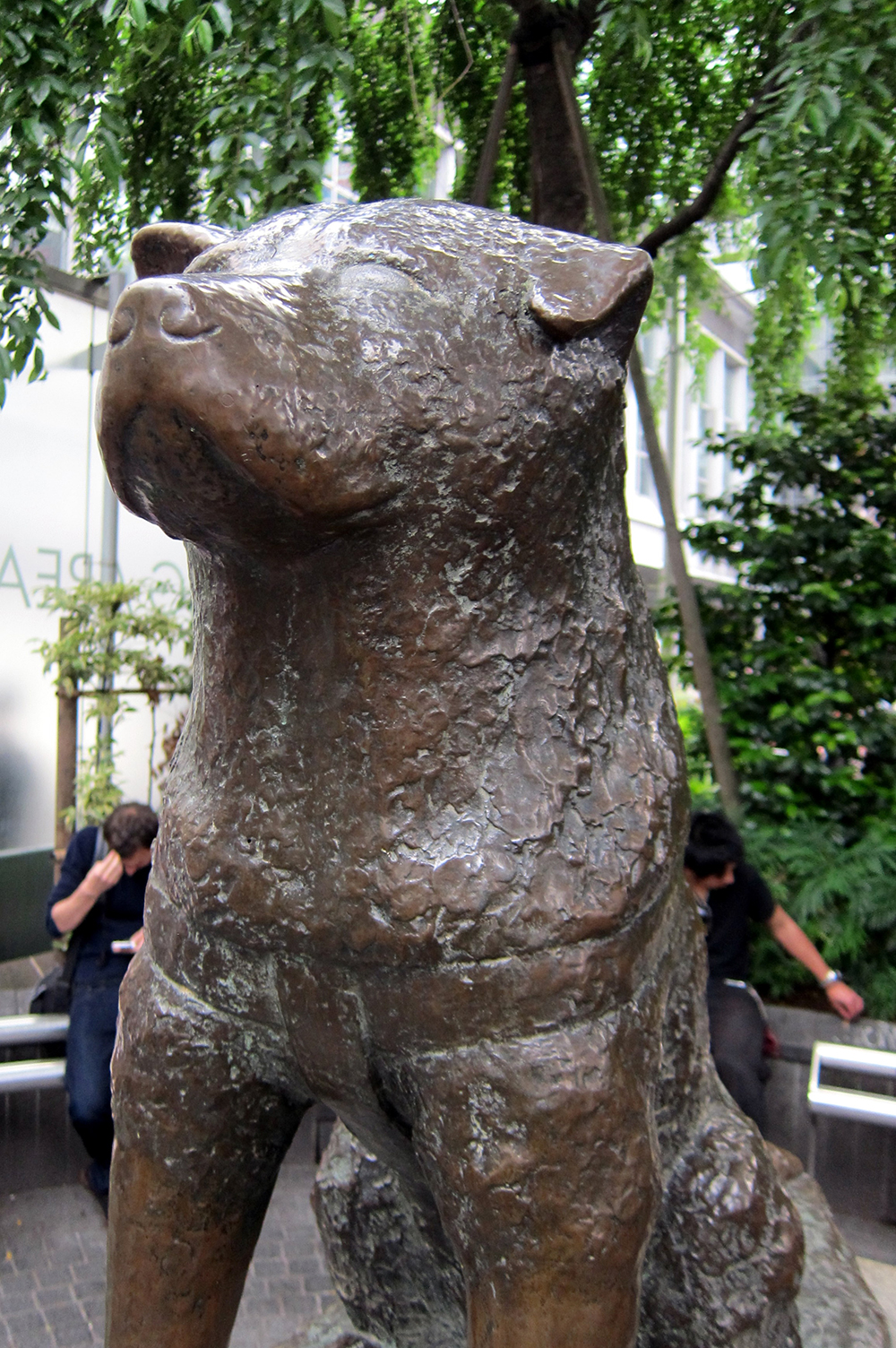
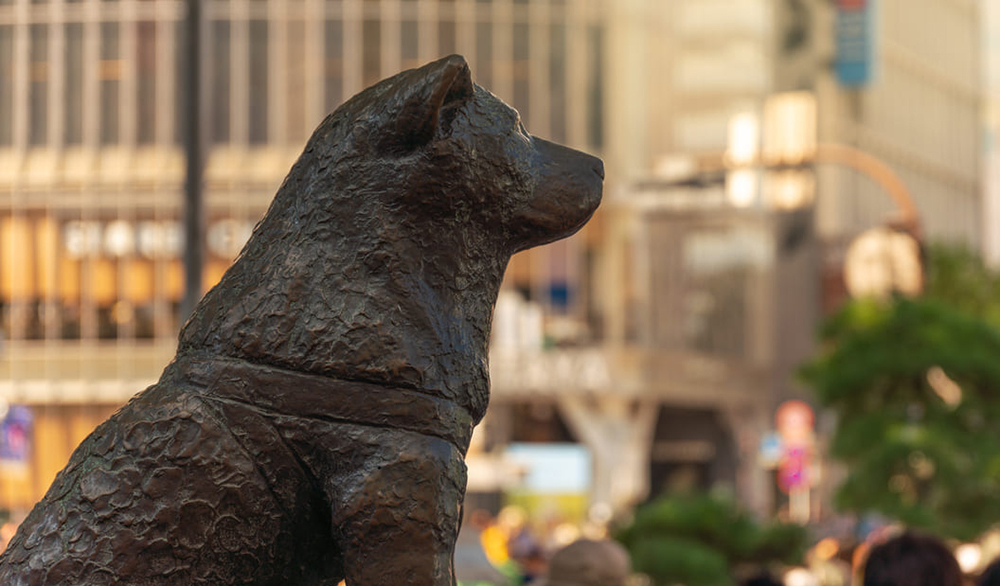

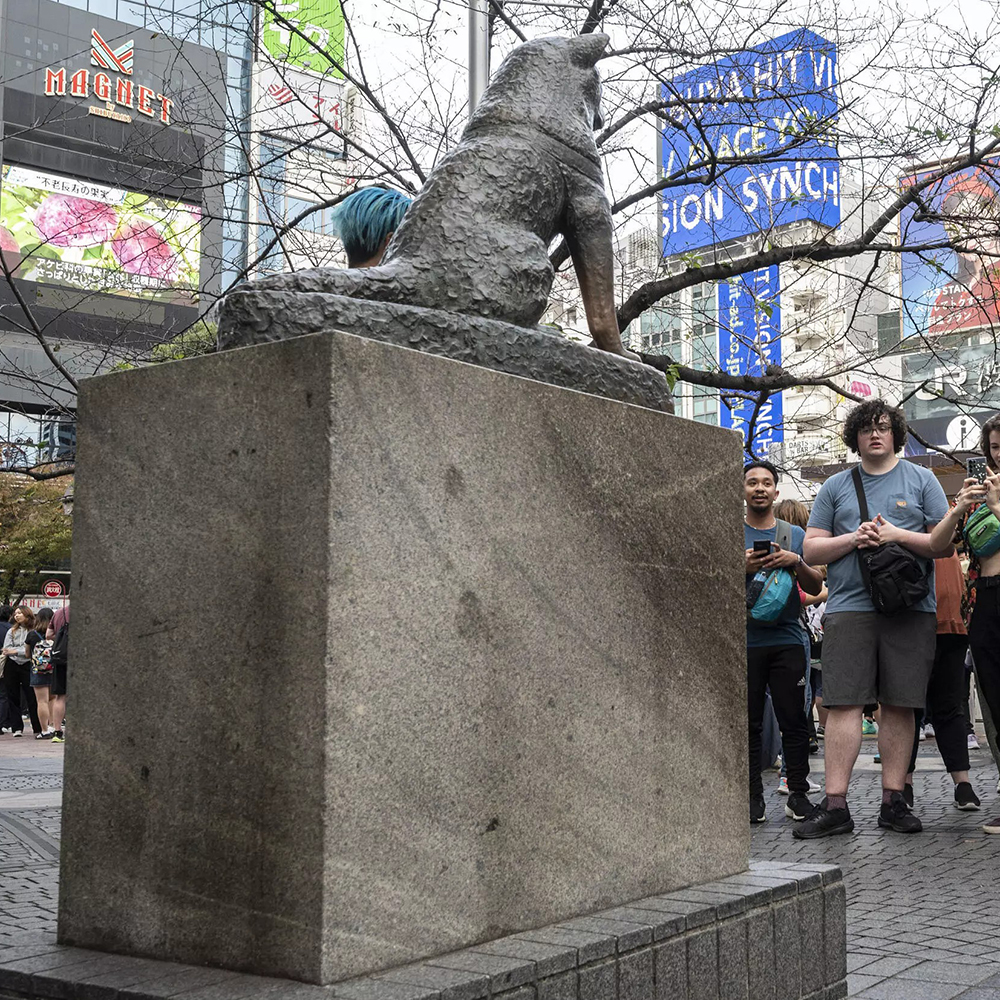
Who made the first statue of Hachiko?
The first Hachiko statue was created by Japanese sculptor Teru Ando and erected in front of Shibuya Station in 1934.

What happened to the original Hachiko statue?
The original Hachiko statue was melted down during World War II.
The first-generation Hachiko statue, erected in front of Shibuya Station in 1934, was dismantled and melted down for war materials due to Japan’s metal requisition policy in 1944.
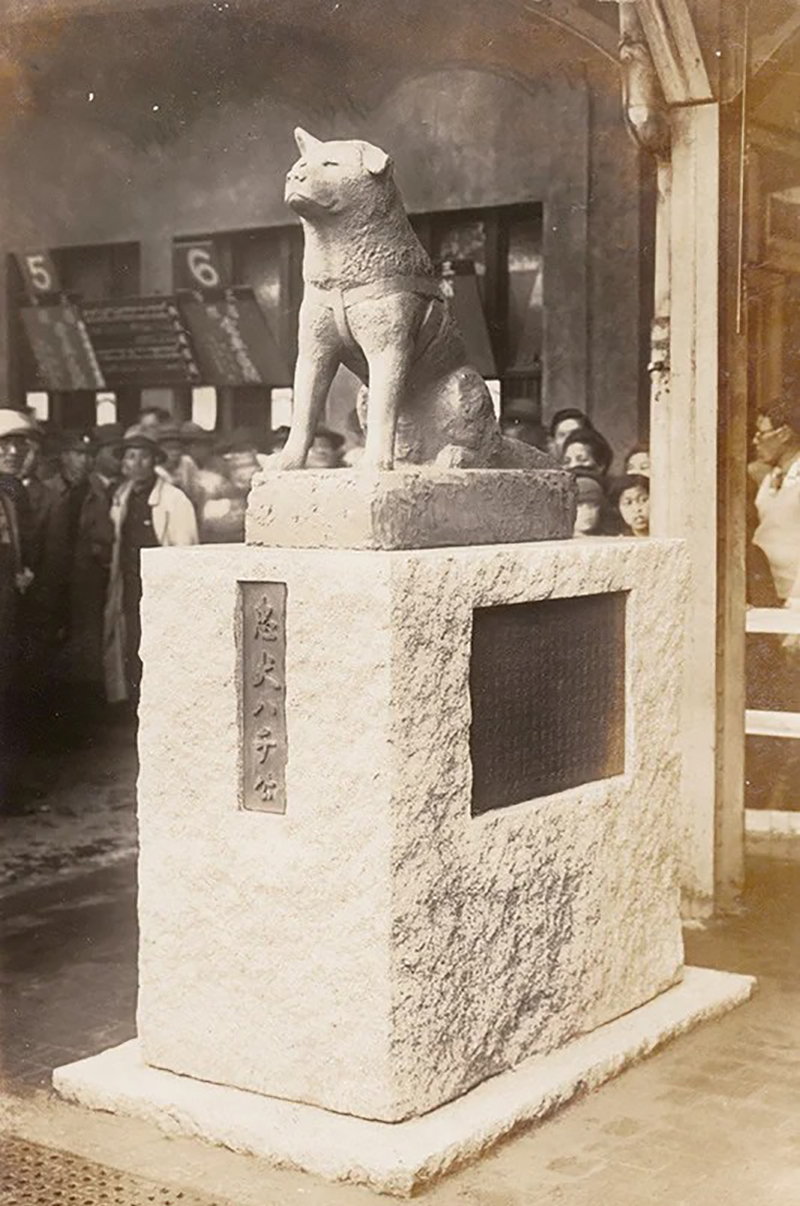
Where is the original Hachiko statue?
The original Hachiko statue no longer exists. The first-generation statue, erected in 1934, had its metal requisitioned by the government during World War II and was melted down in 1944. Therefore, no original remains in the world today.
The Hachiko statue currently seen in front of Shibuya Station is the second-generation statue, rebuilt in 1948 by sculptor Takeshi Ando (son of the original sculptor Teru Ando).

Send us your requirements now, we will reply to your email within 24 hours
